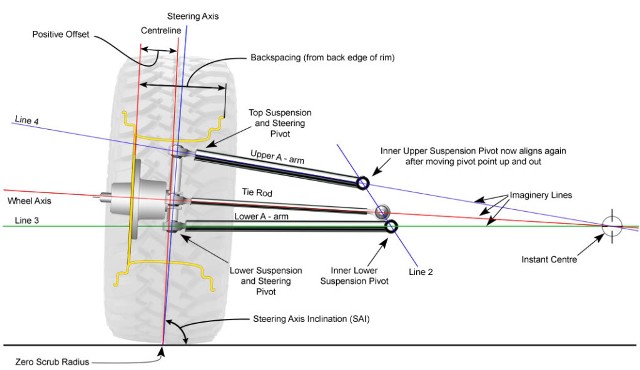Druk
Gone but not forgotten - RIP
- Joined
- May 28, 2004
- Messages
- 5,300
- Location
- Not far from Edinburgh.
- Car
- 2011 S212 E350CDi. 1981 R107 300TurboDiesel.
Hypothetically (at the mo) if Dave were to strip the old steering box system from a pre-90's Merc and replace it with a rack from a 2000 car can anyone foresee any problems or objections? 




 . This lends itself to the rack being raised or lowered to suit since the pivots are at a big vertical angle. Since it's this that affects bump steer the fact that when on any lock at all this setting is destroyed and the possibility of bump steer introduced it makes a nonsense of getting it exact. One would have thought? ???????????
. This lends itself to the rack being raised or lowered to suit since the pivots are at a big vertical angle. Since it's this that affects bump steer the fact that when on any lock at all this setting is destroyed and the possibility of bump steer introduced it makes a nonsense of getting it exact. One would have thought? ???????????




